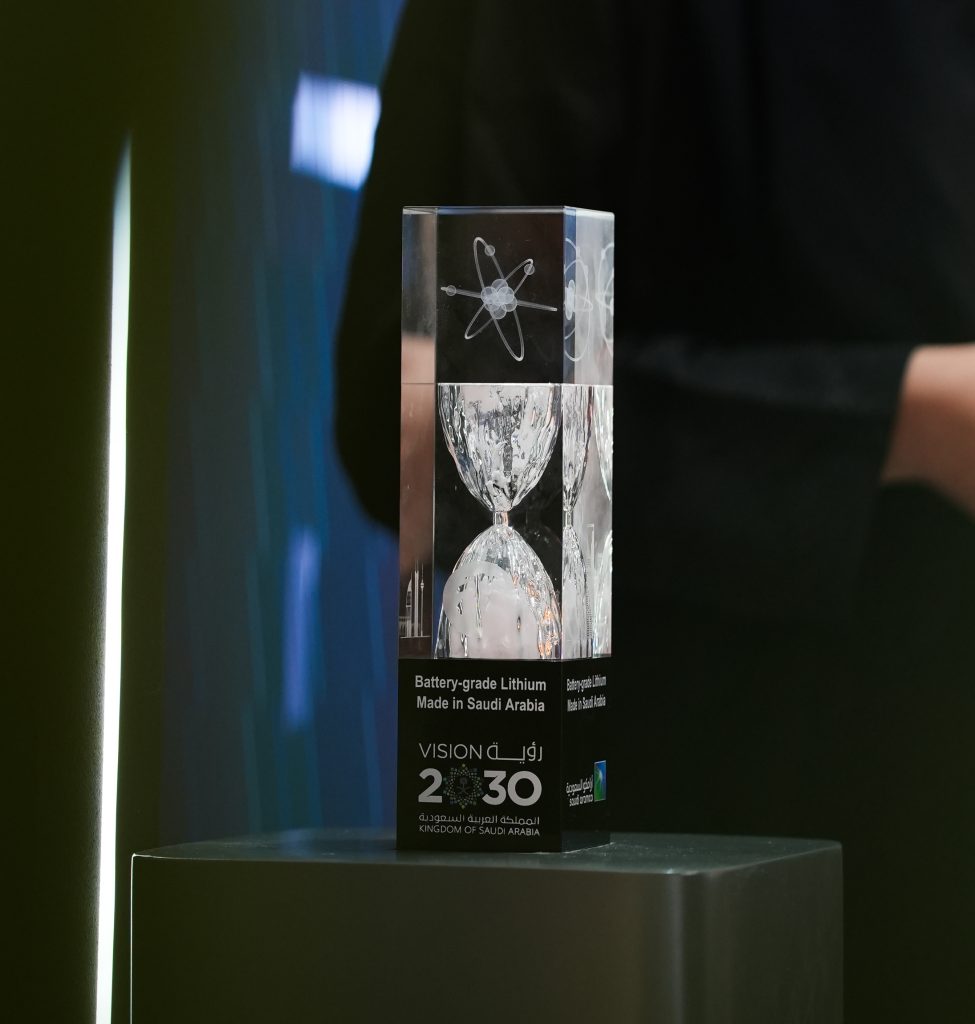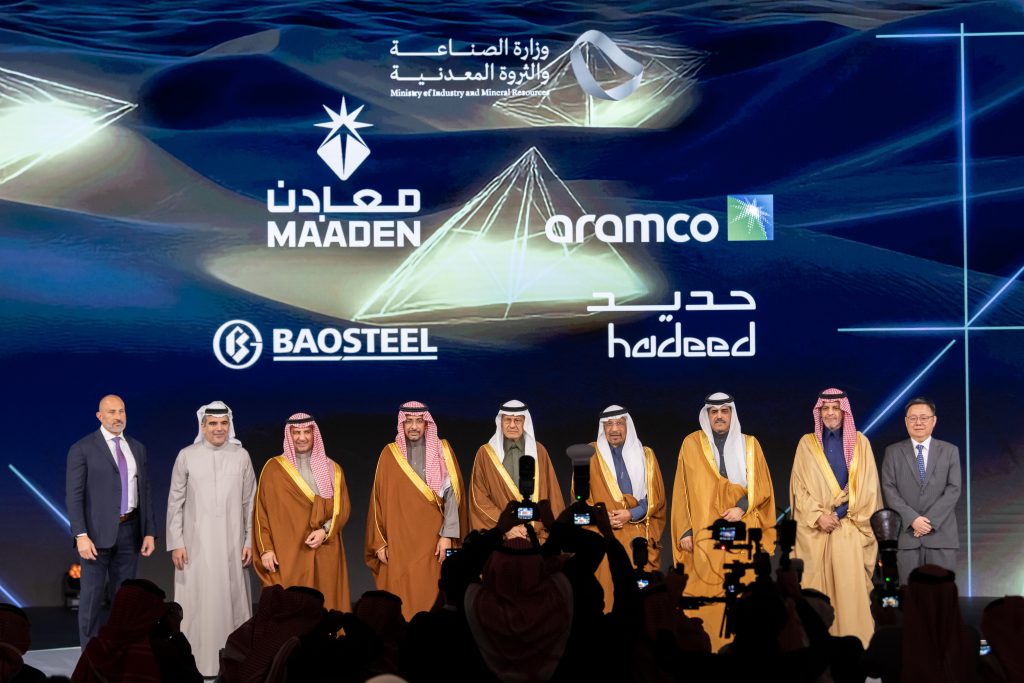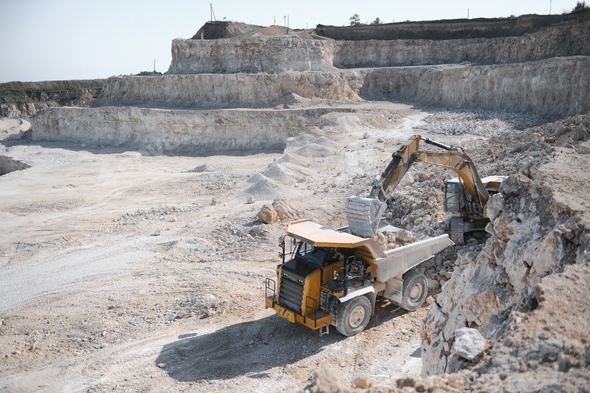Aramco Transition Minerals (ATM), a newly established organization under Upstream, represents a strategic expansion of Aramco’s vision to align with the global shift towards more sustainable energy solutions. This initiative underscores the company’s contributions towards addressing future energy challenges while leveraging Saudi Arabia’s natural and technological advantages. “Our decision to support the exploration, extraction, and processing of transition minerals represents more than just a strategic pivot; it is a bold statement of intent to becoming a proactive leader of the future energy landscape,” affirms Nasir Al-Naimi, President of Upstream.
“Our decision to support the exploration, extraction, and processing of transition minerals represents more than just a strategic pivot; it is a bold statement of intent to becoming a proactive leader of the future energy landscape.”
The establishment of ATM is informed by Saudi’s Vision 2030, aiming to diversify the economy, utilize advanced technologies, and position the Kingdom as a strategic hub in the global value chain. Transition minerals—such as lithium, silicon, copper, nickel, rare earth elements, and graphite—are foundational to these efforts, underpinning technologies like electric vehicles (EVs) and solar panels. Through reliable domestic supply of these minerals, ATM is poised to support the localization of nascent industries while tapping into global demand.
Aramco’s approach in the transition minerals sector is ambitious yet grounded in the company’s core strengths. With a focus on exploration, mining, and processing, ATM seeks to leverage Aramco’s resources and cost advantages in an effort to try and establish a resilient minerals value chain within Saudi Arabia and beyond. The venture aspires to contribute meaningfully to Vision 2030 by supporting industrial diversification. This strategic move is as much about reinforcing Aramco’s business as it is about maintaining its leadership in a rapidly evolving energy sector.

One of the most compelling aspects of ATM’s integration into Aramco’s operations is its potential to harness existing expertise in drilling, geological exploration, and resource management. For instance, the discovery of aquifers with high lithium concentrations offers a unique opportunity to capitalize on Aramco’s proficiency in the upstream sector. By utilizing advanced technologies such as the Multi-Core Scanner and AI-powered Saudi Aramco Geophysical Robot (SAGR) drone systems, ATM is developing efficient methods to identify and extract transition minerals. Furthermore, the company’s supercomputing capabilities provides key insights into geological data, improving the potential to locate and develop mineral resources.
Collaborations with innovative startups in direct lithium extraction (DLE) technology have already proven fruitful, with brines from Aramco’s oilfields being tested for extraction methods. A field pilot at one of Ghawar’s Gas-Oil Separation Plants (GOSPs) is scheduled for 2025, marking what may become a significant milestone in ATM’s journey.
Processing transition minerals is an energy-intensive endeavor, often requiring substantial chemical inputs. ATM is set to leverage byproducts from Aramco’s oil and gas activities, such as sulfur and methanol, to source some of such chemical inputs. Additionally, Saudi Arabia’s low-energy costs provide a competitive edge in this resource-intensive domain. By integrating these synergies, ATM aims to position itself as a global leader in transition minerals, reinforcing Aramco’s role in the energy transition.

The strategic importance of transition minerals extends beyond their immediate applications in renewable technologies and EV batteries. Mining these materials contributes significantly to energy security, a cornerstone of the energy trilemma that balances affordability, sustainability, and reliability. By aiming to develop a robust domestic transition minerals sector, Aramco hopes also to be contributing to the stability and resilience of changes to the global energy mix, aiding the accessibility and affordability of critical materials.
Partnerships are a cornerstone of ATM’s strategy, allowing the venture to pool resources, expertise, and innovations. Collaborations are foundational in accelerating ATM’s entry into the mineral sector. The announced Joint-Venture (JV) with Ma’aden, Saudi Arabia’s national mining champion, facilitates the exploration and mining initiatives within the Kingdom. These partnerships extend globally, with plans to localize processing technologies and secure feedstocks, thereby capturing additional value pools in mineral processing. By aligning with innovative startups and global players, ATM aims to build a robust network to support its ambitious goals.
The potential synergies between ATM and other Aramco business lines and affiliates further underscore the value of this initiative. The upstream crude oil business could potentially leverage locally extracted minerals, reducing import dependencies. The downstream sector also relies on minerals for key components of its value chain, such as catalysts. These interconnected opportunities highlight the holistic approach Aramco is taking to potentially integrate ATM into its broader operations.

Aramco Transition Minerals signal the Company’s steadfast support and contribution to orderly, equitable and sustainable energy future. By combining its expertise, advanced technologies, and strategic partnerships, Aramco is not only investing in its business’s future but also aims to further the Kingdom’s economic diversification and sustainability goals. As the world increasingly turns to transition minerals to power its future, ATM is positioning itself to shape a resilient and more sustainable global energy landscape.

